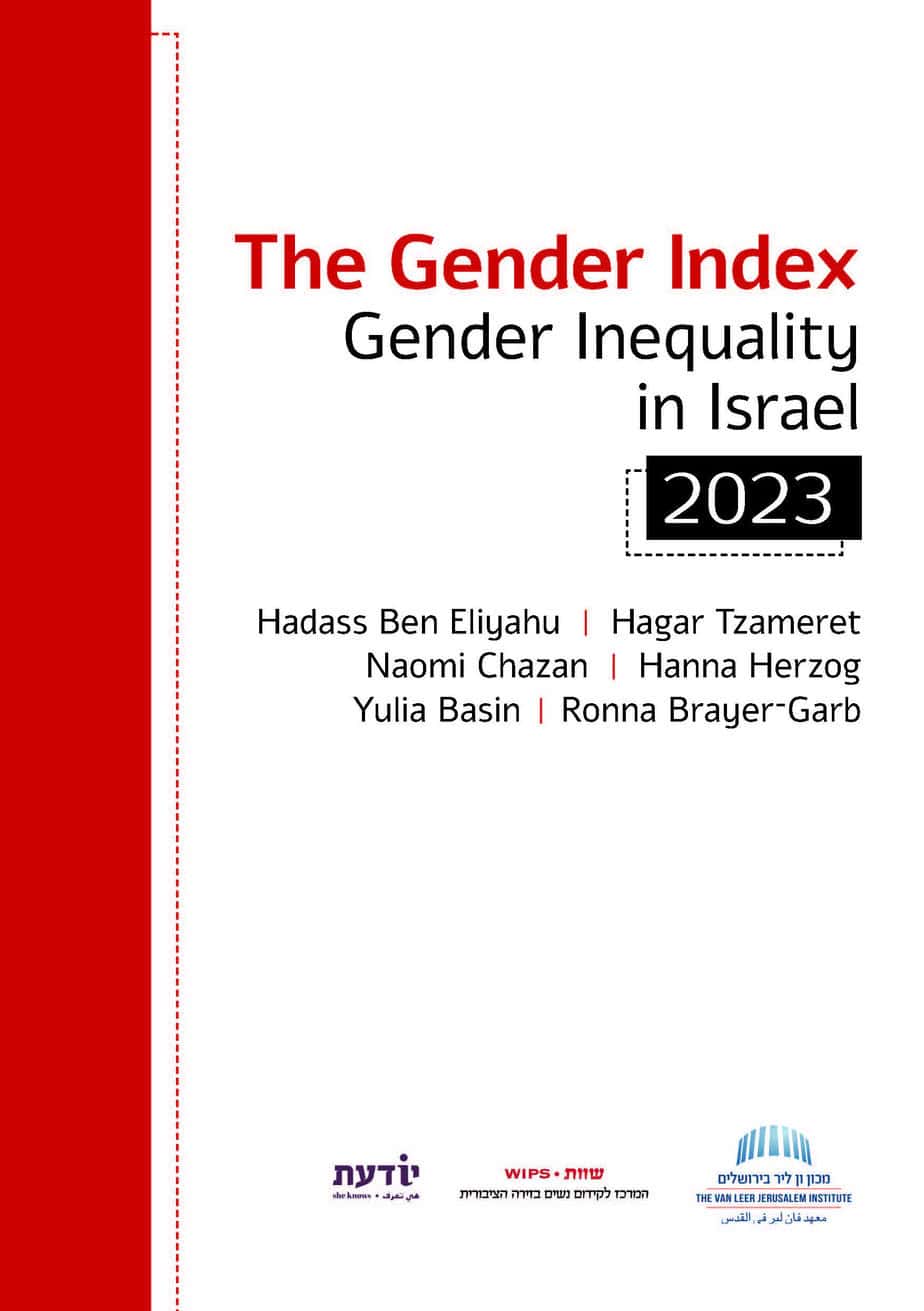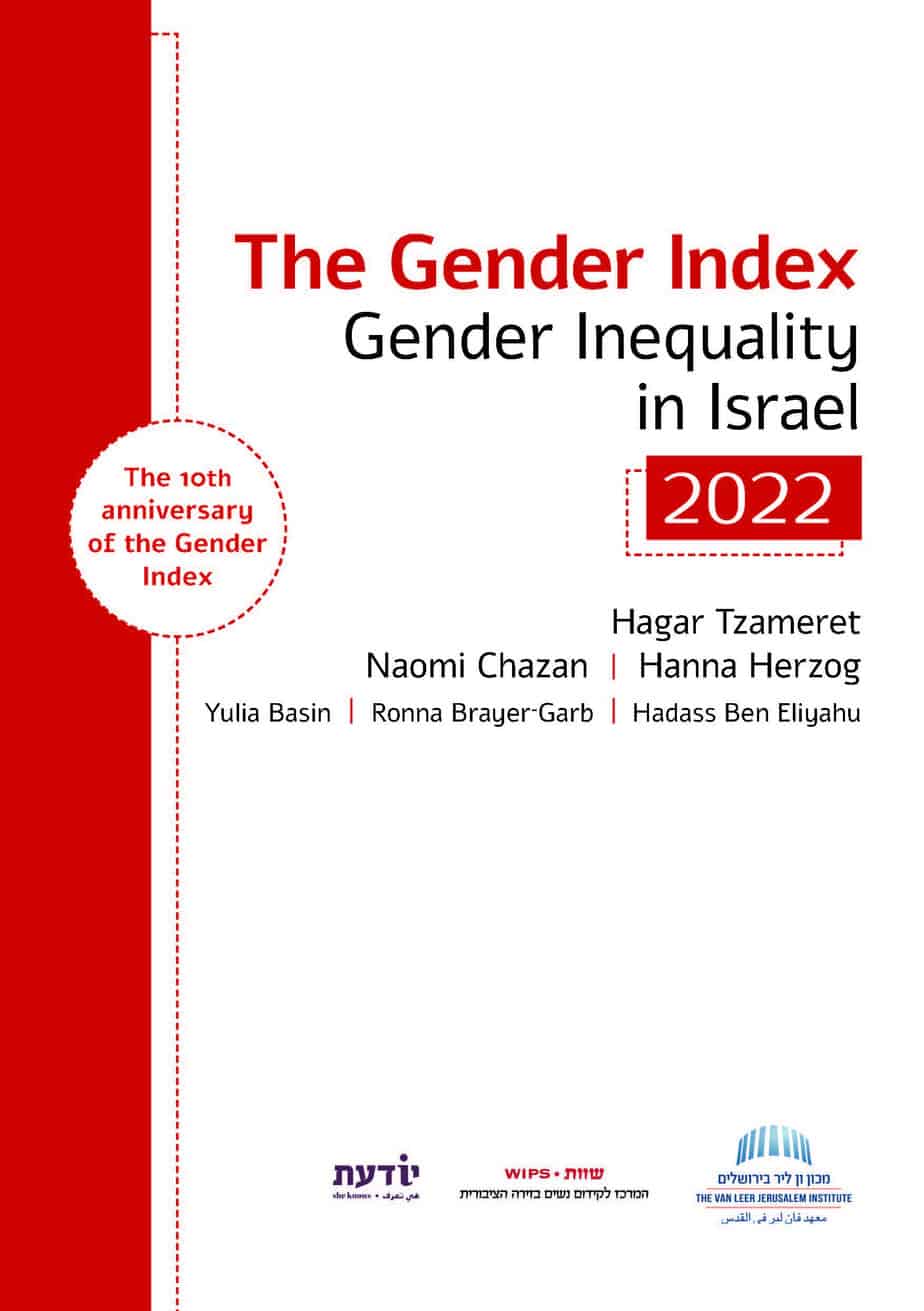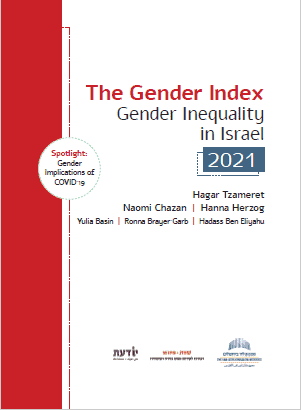Making Women’s Invisible Work Visible
Barriers to the Incorporation of Women into Israel’s Labor Market (A summary report)
| By | Amit Kaplan, Tali Pfefferman, Shimrit Slonim, Hadass Ben Eliyahu, Hanna Herzog, Naomi Chazan, Ronna Brayer-Garb, Gal Lipshitz
|
| Publisher | Van Leer Press |
| Language | Hebrew |
| Year of Publication | 2020 |
| Series | Publications of the Center for the Advancement of Women in the Public Sphere (WIPS) |
This research examines the ways in which invisible work, that is, work that is not formally defined as such and which receives neither recognition as work nor remuneration, constitutes a barrier to the incorporation of women into the formal labor market and their advancement in it. In contrast to previous studies on this topic, which focused primarily on invisible work in the private sphere – caring for family members and housework, this study broadens the perspective and examines the manifestations and meanings of invisible work in the labor market as well. The underlying approach is that the binary distinction between home and work, private and public, is actually a gendered social construct. The study of the practices and meanings of invisible work in various areas aims to identify new explanations for the persistence of gender inequality in the labor market in the neoliberal era, and on that basis to propose new directions for coping with it.
This is a mixed-method study, using both qualitative and quantitative research methods. Knowledge that grew out of group interviews with women and men of diverse social locations served as the basis for a survey of a representative sample of employed men and women in Israel.
The findings show that even among employed men and women there is deep gender inequality in homemaking and caregiving, namely in the carrying out of invisible work at home. The study also shows that women, and to some degree men, do various types of invisible work in their place of employment and that this constitutes a gendered mechanism of payment in the organization. The study reveals how neoliberal society, governed by a market culture, creates another mechanism of exploitation—invisible work not only at home but also in the workplace. Within this world, gendered and hierarchical mechanisms are preserved so that the unequal distribution of invisible work in various spaces has ramifications for the incorporation and advancement of women in the workplace.
The findings give rise to recommendations at the level of policy, measurement, and research.




